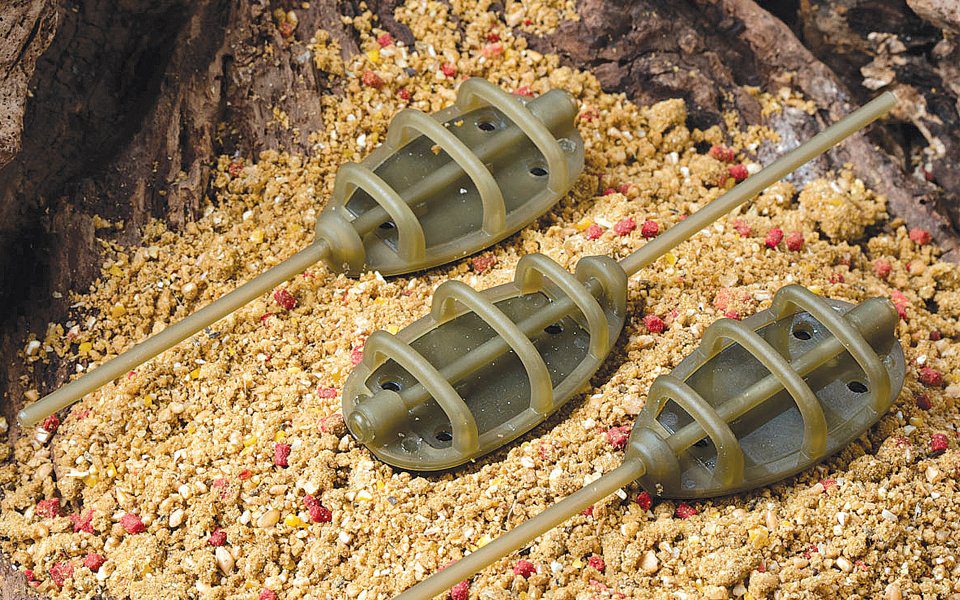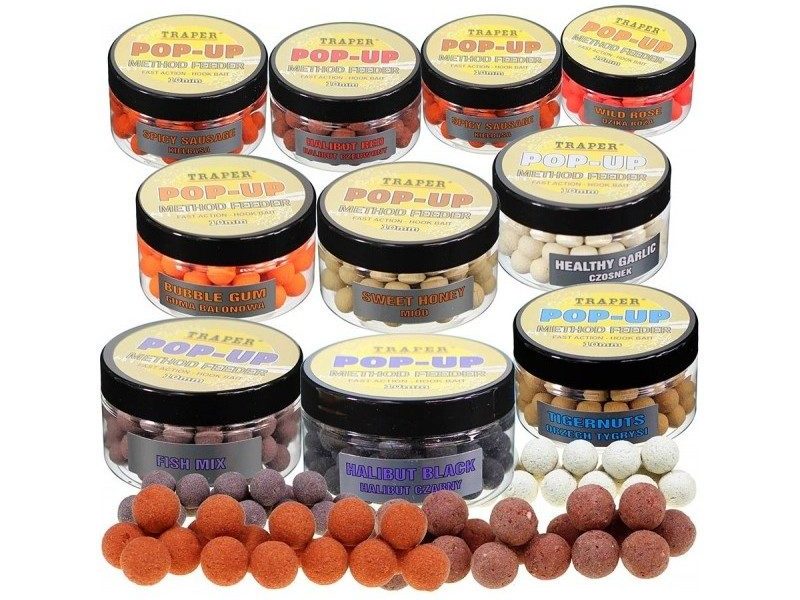Flat Method Feeder yra efektyvus karpių, karosų, karšių ir kitų žuvų žvejybos būdas stovinčiame vandenyje. Tokiu būdu galima žvejoti ir upėse su nedidele srove, tačiau flat method feeder vis tiek labiau skirtas stovinčiam vandeniui. Šiame straipsnyje sužinosite, kaip vyksta žvejyba Method Feeder, kaip teisingai pasirinkti masalus ir juos naudoti žvejojant.
Kaip atsirado Flat Method Feeder
Flat Method Feeder buvo išrastas ir sukurtas Anglijoje pagal karpių žvejybos kanonus. Tačiau dabar jis yra labiau feeder žvejybos būdas, o ne klasikinis karpių metodas. Tai feeder žūklės būdo variantas, kuris panašus savo įranga ir veikimo principu. Tačiau dėl įrangos niuansų, šėryklos dizaino ir bendro reikmenų universalumo šis būdas tapo populiarus ne tik karpių žūklei.
Sunku žvejoti klasikinėmis šėryklomis dumbliniuose stovinčio vandens telkiniuose, kurių dugne gausu augmenijos ir dumblo. Tačiau tokie rezervuarai yra pagrindinės karosų, lynų, karpių buveinės. Method Feeder padeda šioje situacijoje – plokščia šėryklos dugno forma ir paslėptas masalas jauke leidžia saugiai gaudyti tokiomis sąlygomis. Plokščias šėryklos padas neprasmenga į dumblą, o pavadėlis su kabliuku nesipainioja žolėje, nes slepiasi jauke. Po užmetimo šėrykla nukrenta į apačią sunkiąją, apkrauta puse. Viršuje lieka jaukas su jame paslėptu masalu. Pamažu irstantis jaukas vandenyje, atlaisvina masalą ir jis lieka plūduriuoti virš šėryklos ir jauko.
Montavimo būdas
Flat Method Feeder montuojamas pagal inline principą – perveriate pagrindinį valą per šeryklėlę, gale pagrindinio valo rišate suktuką, ant suktuko montuojame pavadėlį su plauko sistema ir boiliuku. Guldote boiliuką su kabliuku ant šeryklėlės. Su šėryklos forma semiate išbrinkusį pelėčių pašarą ir suformuojate pašarą ant šeryklėlės. Jei viską gerai atlikote, gaunate šeryklėlę su suformuotu pašaru ir viduje paslėptą boiliuką su kabliuku.
Žvejybos taktika
Žvejyba Flat Method Feeder būdu vyksta ir kaip įprasta feeder žūklė su šėrimo tašku, ir žvalgybos būdu, kai žūklės taškas akivaizdžiai nėra taip subtiliai ieškomas ir nemaitinamas. Žvalgybos metodą tikslinga naudoti rezervuaruose kai dugne nėra aiškiai išreikštų anomalijų. Pavyzdžiui, tai gali būti tvenkinys plokščiu dugnu.
Žvalgybos būdas
Kur taikomas žvalgybos būdas:
- Ant nepažįstamo vandens telkinio.
- Vienodo reljefo telkiniai.
- Kai žuvis nestovi, o „vaikšto” per visą telkinį.
- Kartu su žvejyba gerai maitinamoje vietoje kaip antra meškere.
Iš pradžių išmatuokite dugną, kad suprastumėte, kokiame dugne gaudysite. Tada galvoje sudėliokite tam tikra schemą. Metimai gali būti atliekami, pavyzdžiui, kairėn-dešinėn vėduoklės principu. Užmetama į tašką 15-30 minučių laukiam, tada, jei nebuvo kibimų, į kitą vietą. Jei buvo kibimas – užmetame vėl ten pat. Norėdami tiksliai pataikyti į tą patį tašką kur buvo kibimas visada klipsuokitės. Jei tame pačiame taške pagaunama kita žuvis, reikia šerti tašką ir gaudyti jame. Technikos tikslas – pasiekti pastovius ir stabilius kibimus iš vieno taško.
Šėrimo būdas
Jei perspektyvus taškas žinomas iš anksto, žvejybą pradedame standartiniu būdu – tašką šeriant. Jauko kiekis ir sudėtis priklauso nuo žuvies rūšies ir metų laiko kada žvejojama.
Optimali Flat Method Feeder žvejyba geriausiai vyksta su dviem meškerėmis. Viena dedama ant šeriamo taško, kita naudojama paieškai. Paieškos užmetimai gali būti tušti, o, pavyzdžiui, gerai maitinamas taškas staiga pradės veikti po 2-3 valandų.
Flat Method Feeder masalai
Klasikinis masalas – plaukiojantis boilis (pop-up), kurio skersmuo 8-12 mm. Didesnių boilių naudoti nepatartina. Didelis masalas nereiškia didelės žuvies. Beveik visi trofėjiniai egzemplioriai, kaip taisyklė, sugaunami ant mažų pop-up masalų. Tokio dydžio pop-up boiliai puikiai telpa tarp šėryklos kraštų. Mano mėgstamiausi boiliai Deepex 10 ir 12mm.
Plaukiojantys boiliai gali būti naudojami kaip atskiras masalas, bet taip pat kartu su skęstančiais masalais – granulėmis, sliekais, kukurūzais, dzikais ir t.t.. Žvejo tikslas – pasiekti neutralų arba neigiamą plūdrumą, kad masalas vos pakiltų virš jauko arba gulėtų ant jauko.










